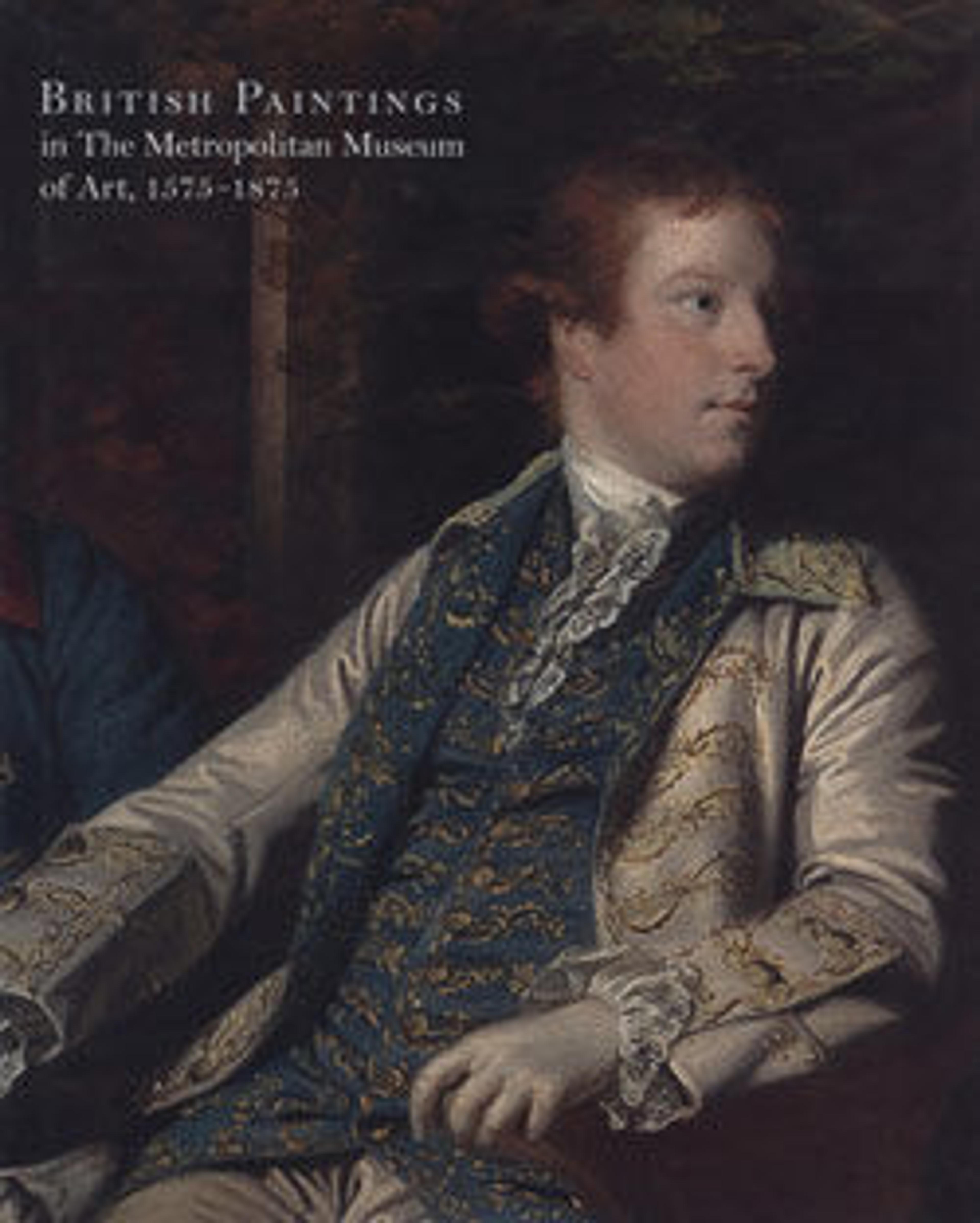The Angel Appearing to Zacharias
Blake devoted much of the year 1799–1800 to fifty biblical scenes drawn, a commission he received from his principal patron, the government clerk Thomas Butts. About thirty of these works have been identified; it is thought that some have not survived owing to the fragility of the materials. This scene illustrates verses from Luke (I:11–13), in which the archangel Gabriel appears to the righteous Zacharias, a high priest of the Jewish Temple in Jerusalem, to announce that Zacharias’s elderly and barren wife will give birth to a son, Saint John the Baptist.
Artwork Details
- Title: The Angel Appearing to Zacharias
- Artist: William Blake (British, London 1757–1827 London)
- Date: 1799–1800
- Medium: Pen and black ink, tempera, and glue size on canvas
- Dimensions: 10 1/2 x 15 in. (26.7 x 38.1 cm)
- Classification: Paintings
- Credit Line: Bequest of William Church Osborn, 1951
- Object Number: 51.30.1
- Curatorial Department: European Paintings
More Artwork
Research Resources
The Met provides unparalleled resources for research and welcomes an international community of students and scholars. The Met's Open Access API is where creators and researchers can connect to the The Met collection. Open Access data and public domain images are available for unrestricted commercial and noncommercial use without permission or fee.
To request images under copyright and other restrictions, please use this Image Request form.
Feedback
We continue to research and examine historical and cultural context for objects in The Met collection. If you have comments or questions about this object record, please contact us using the form below. The Museum looks forward to receiving your comments.
